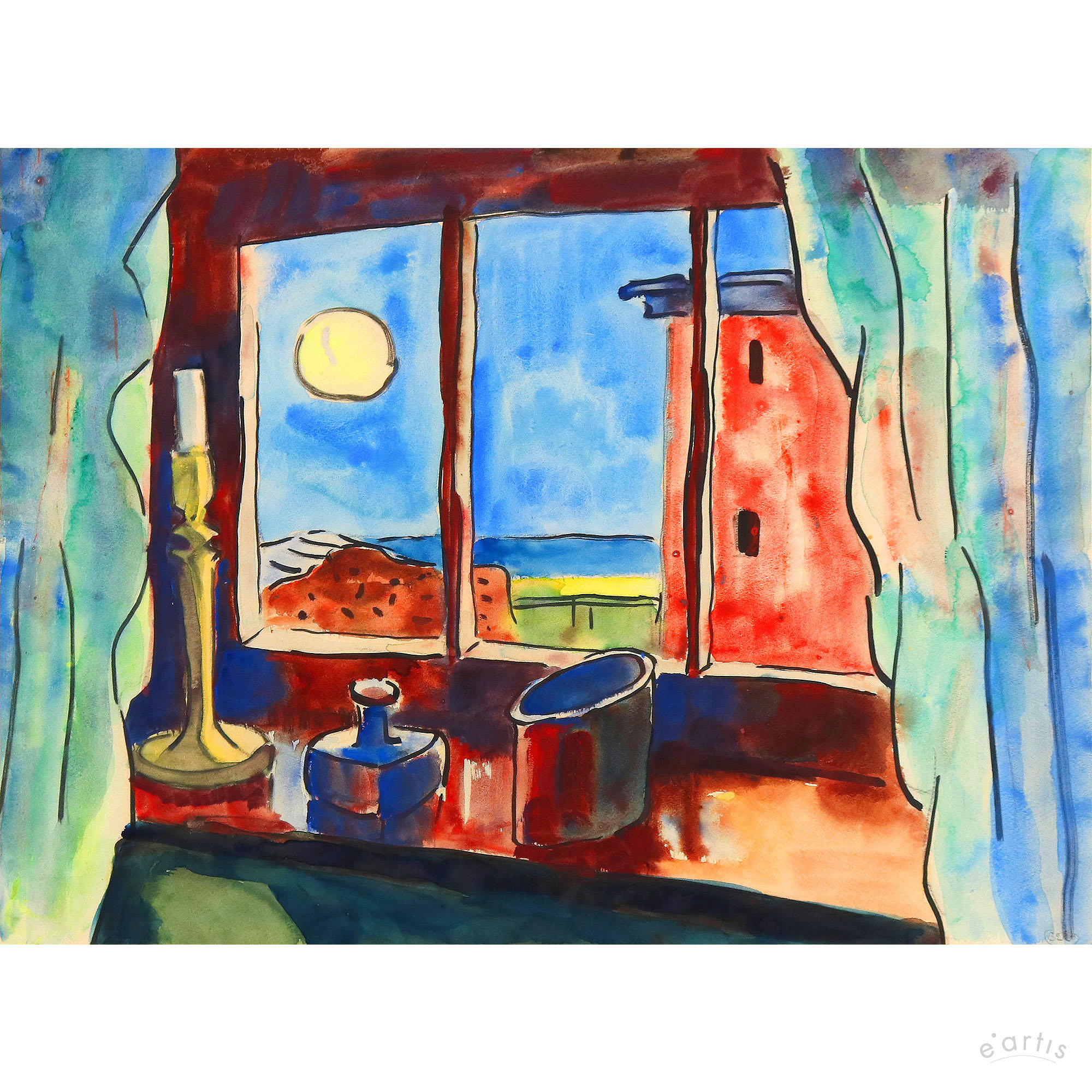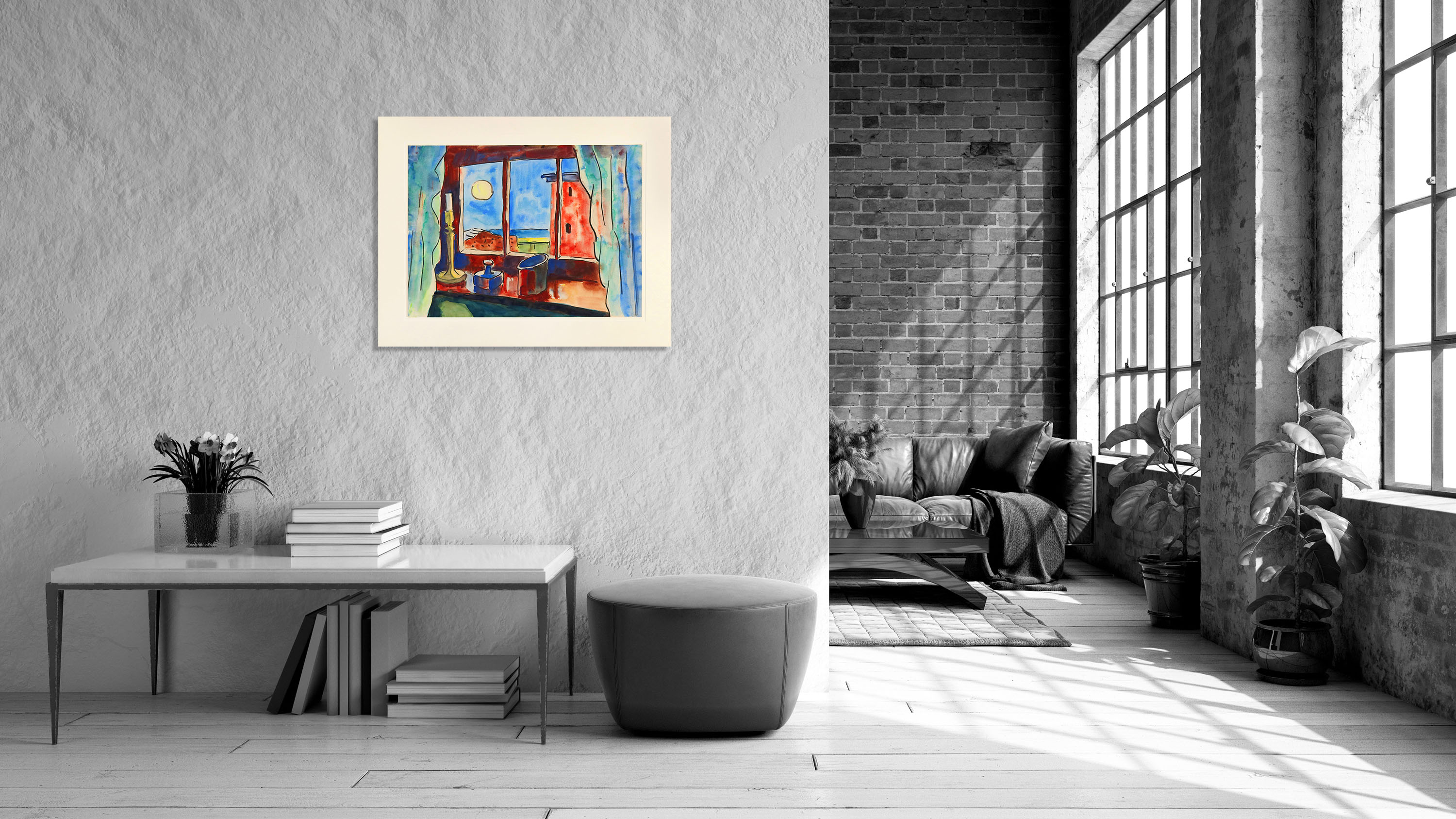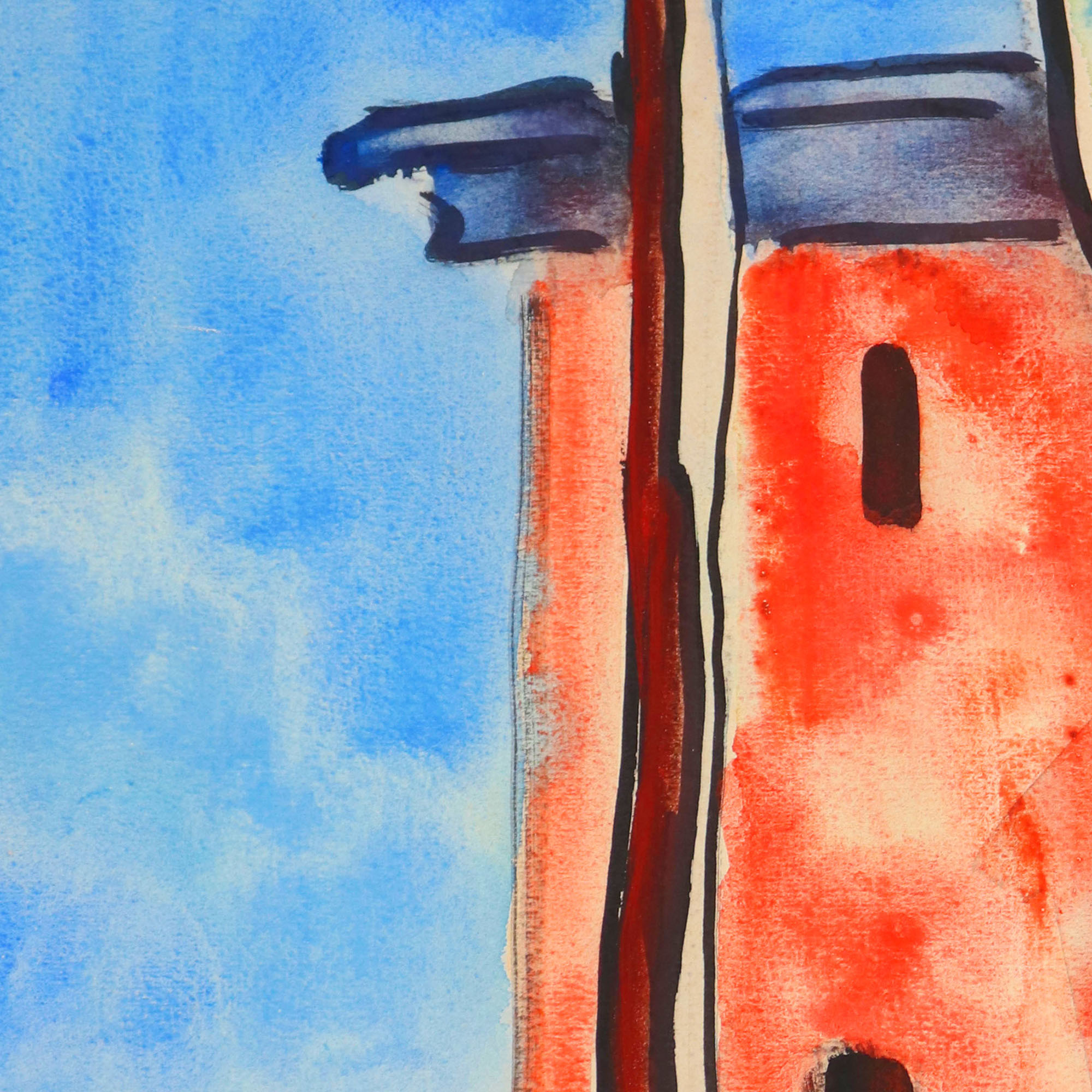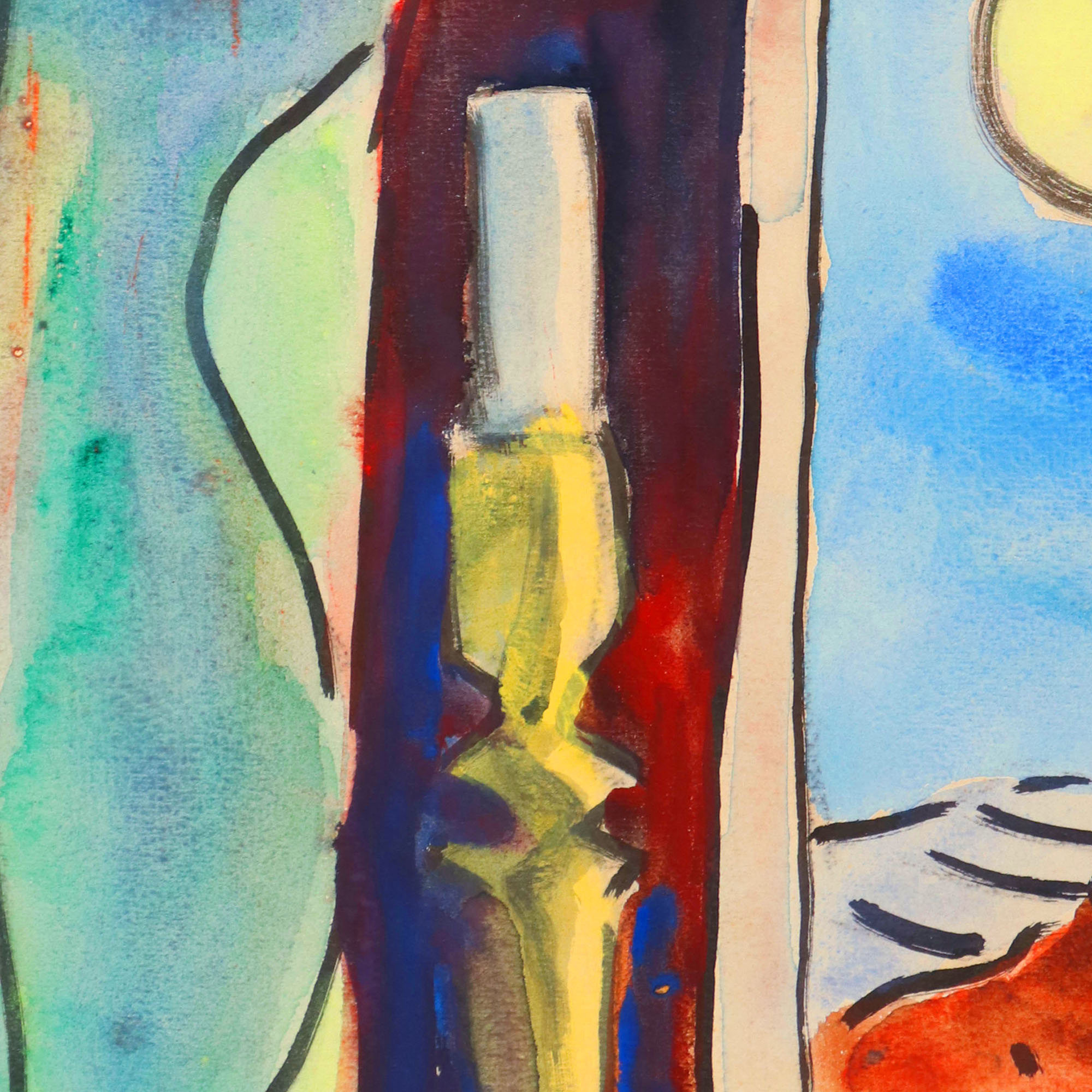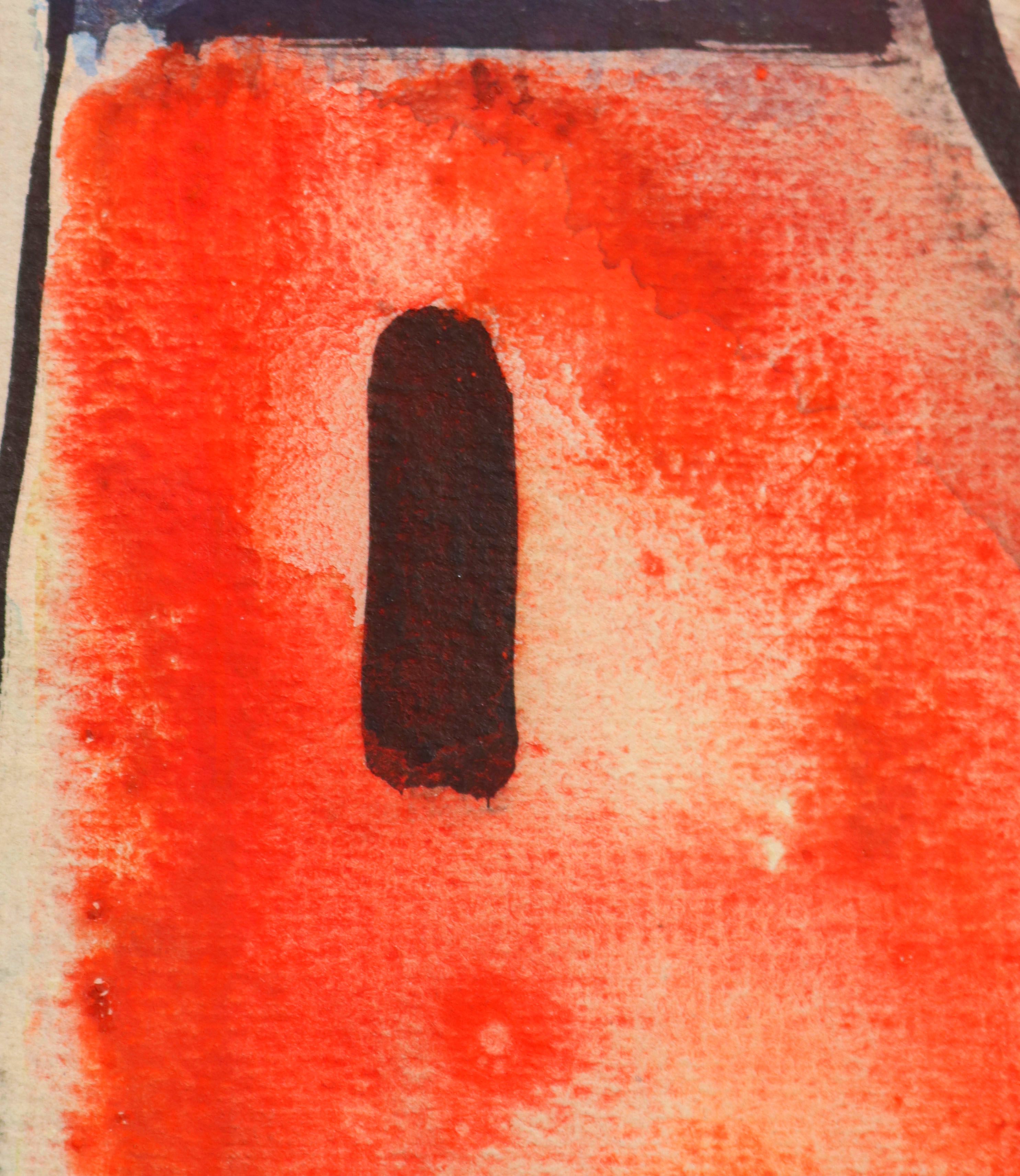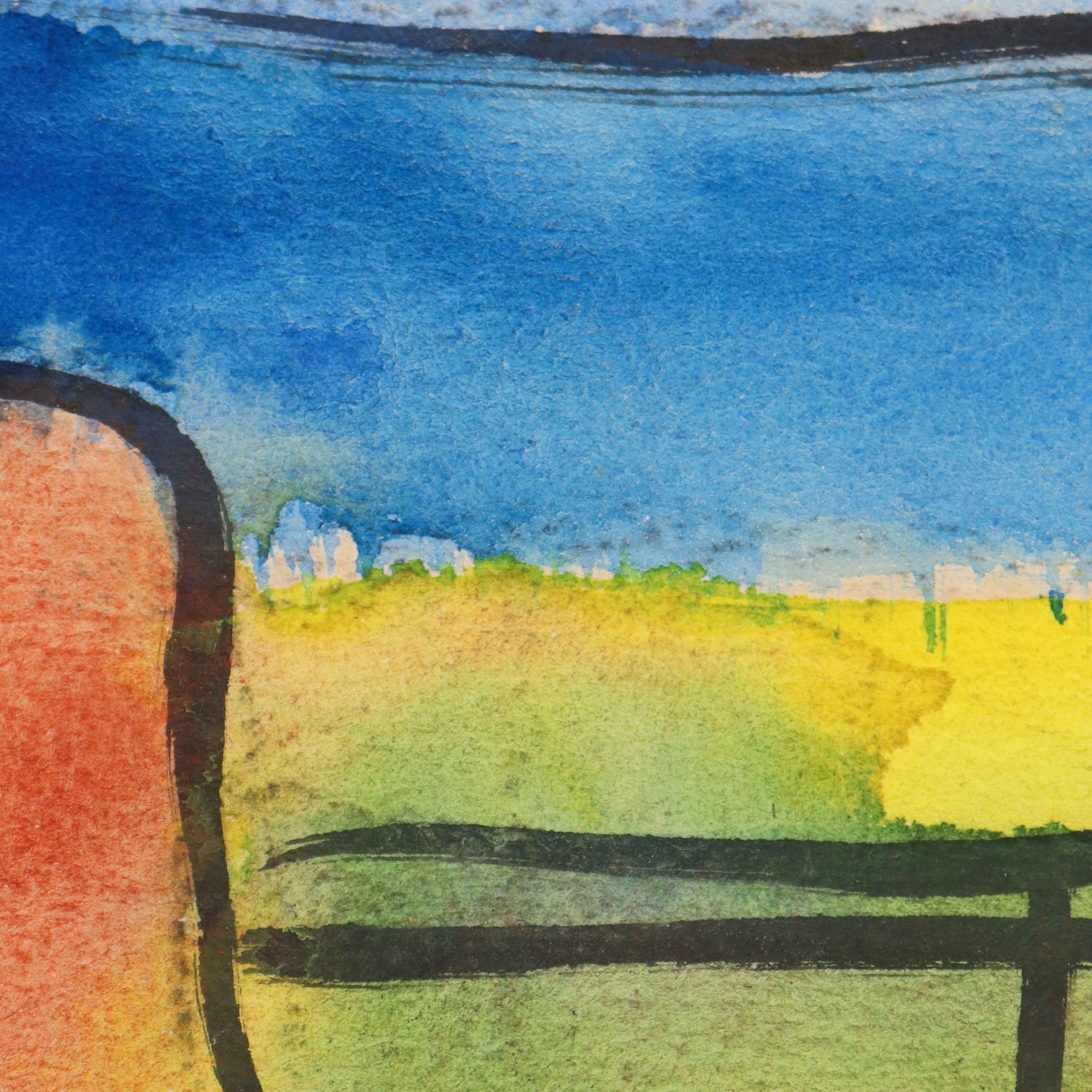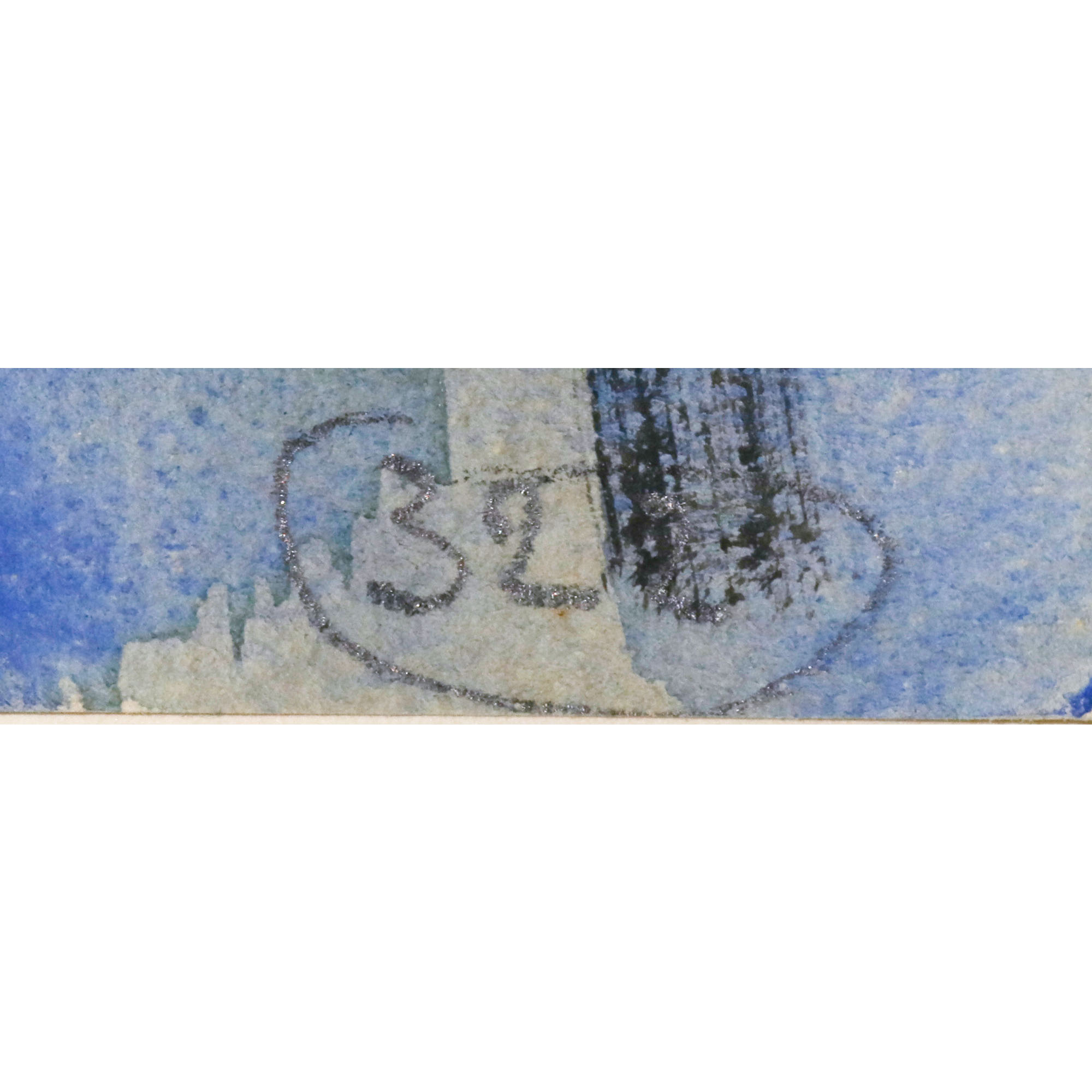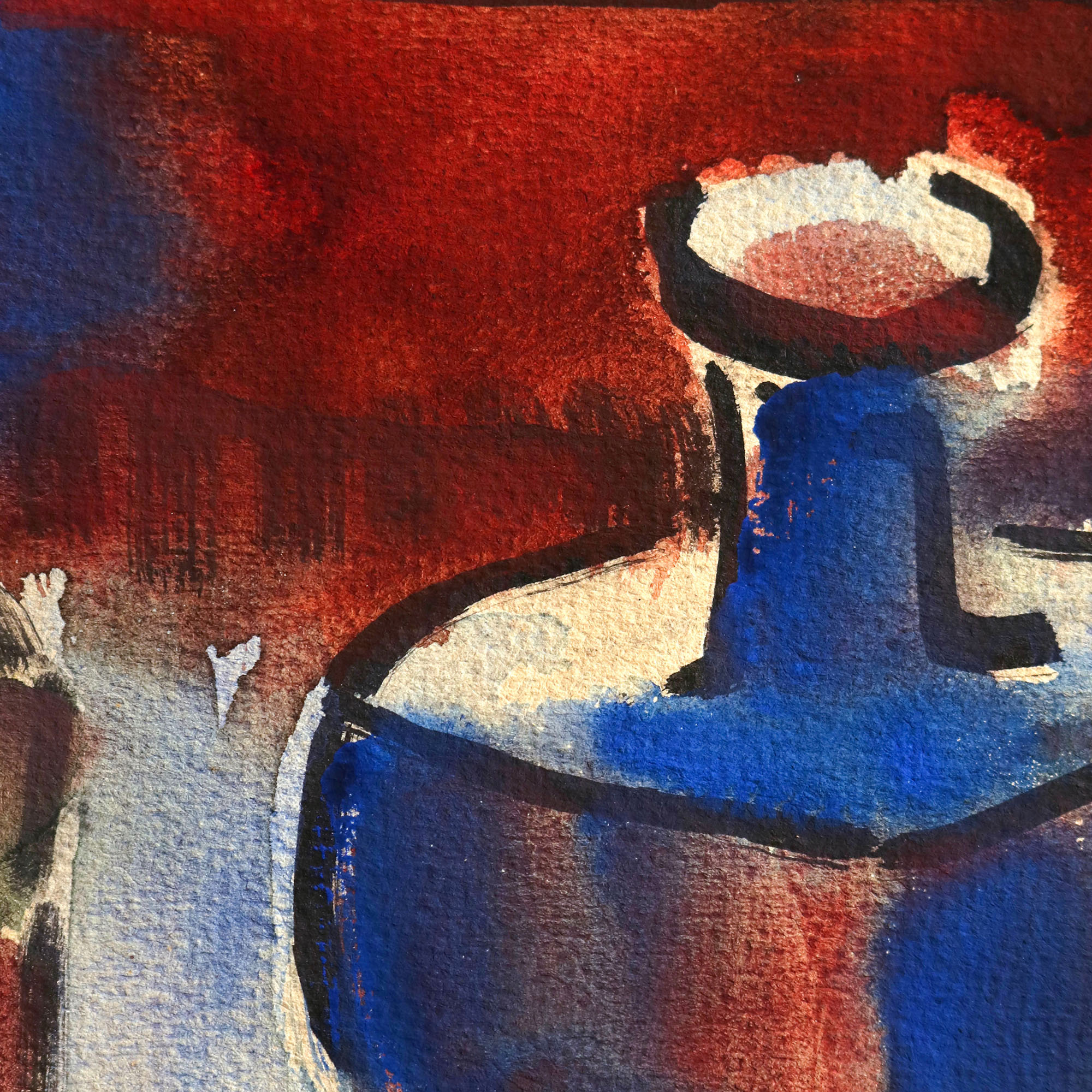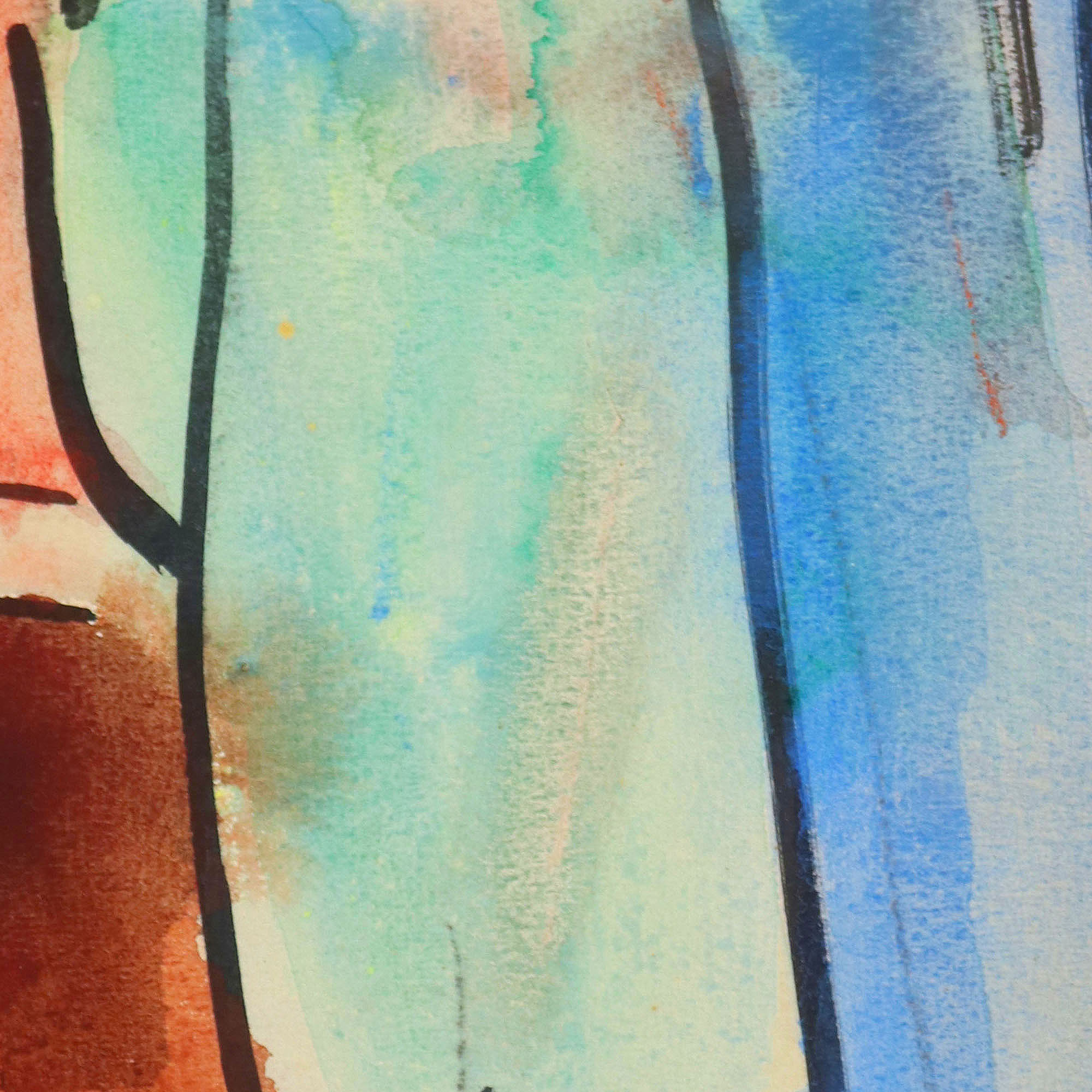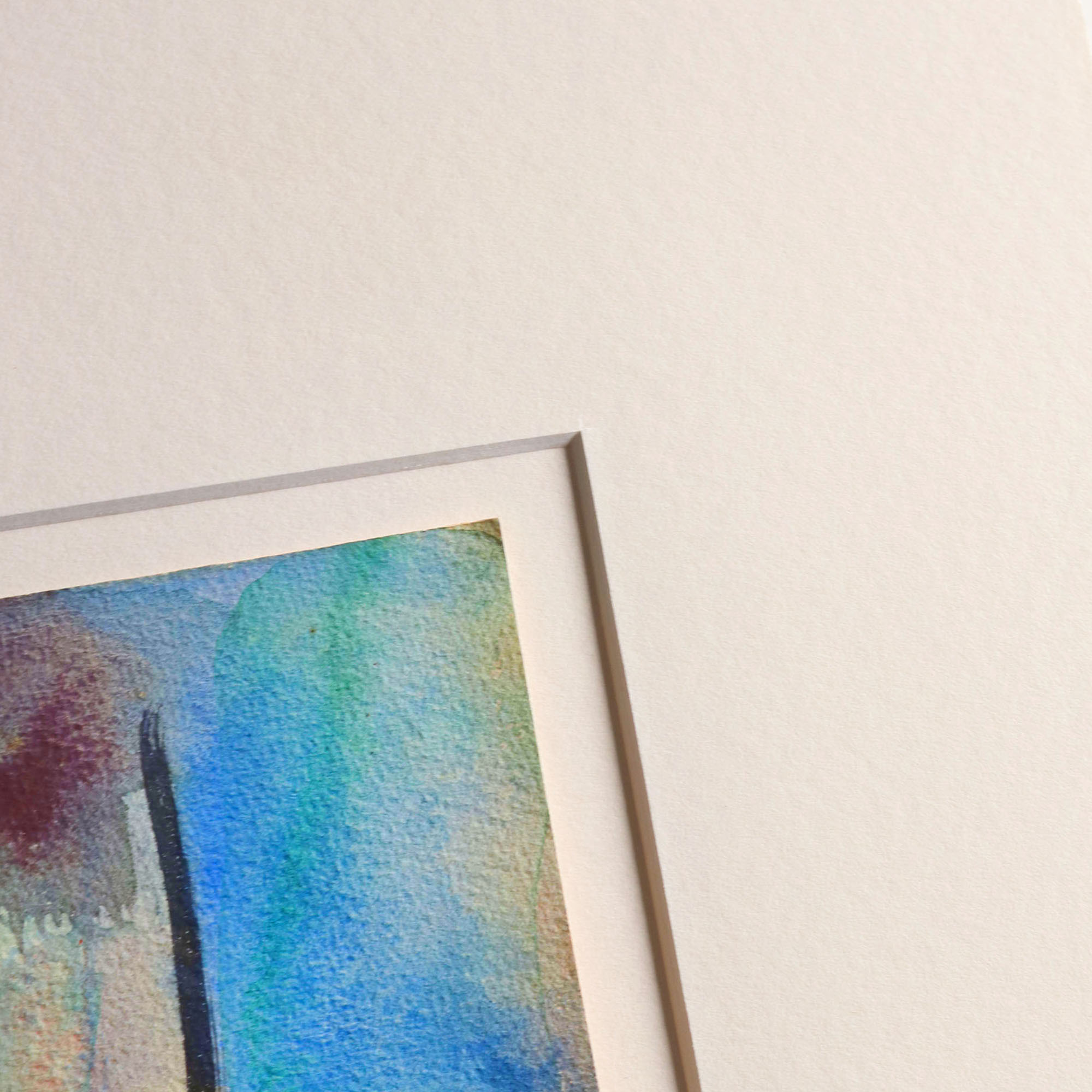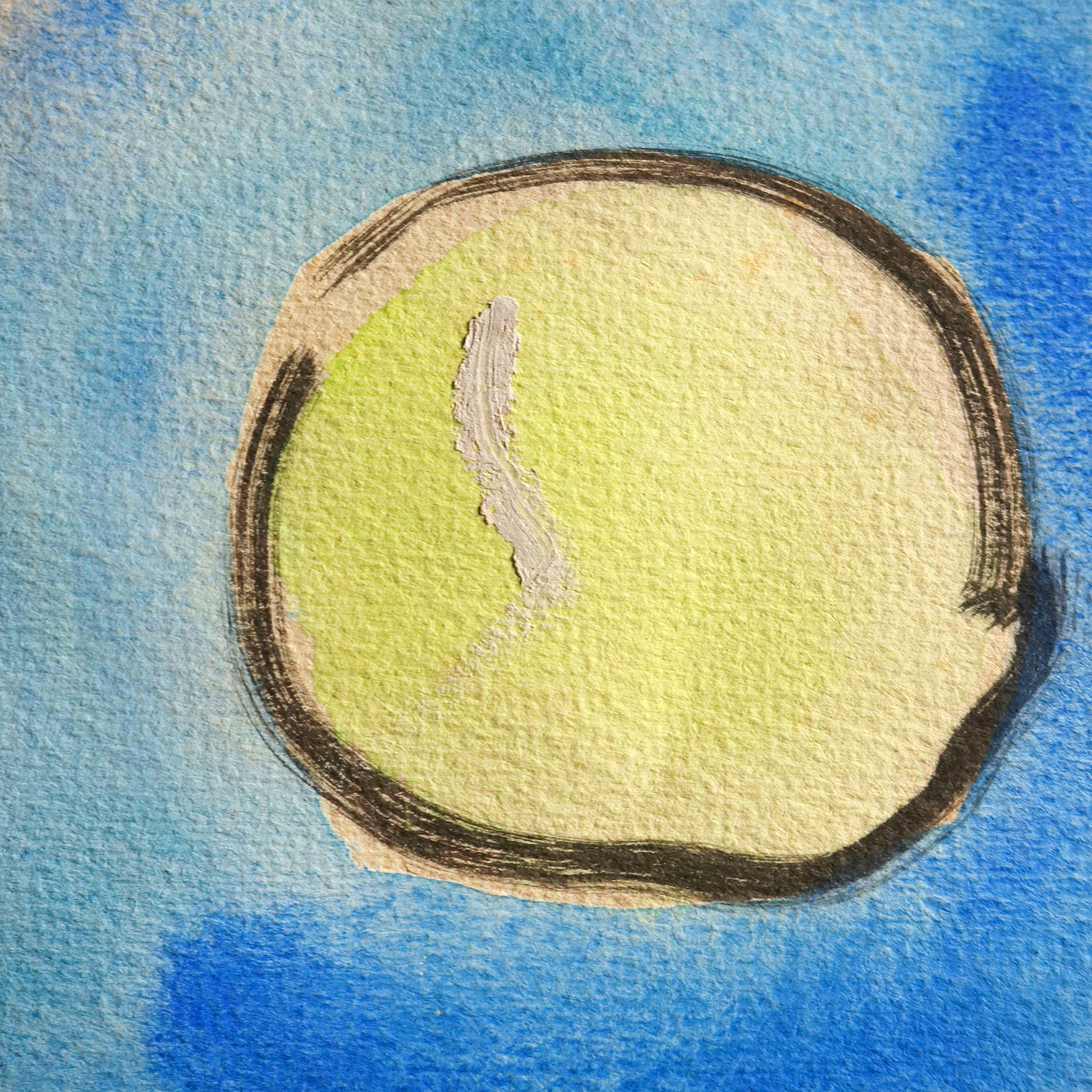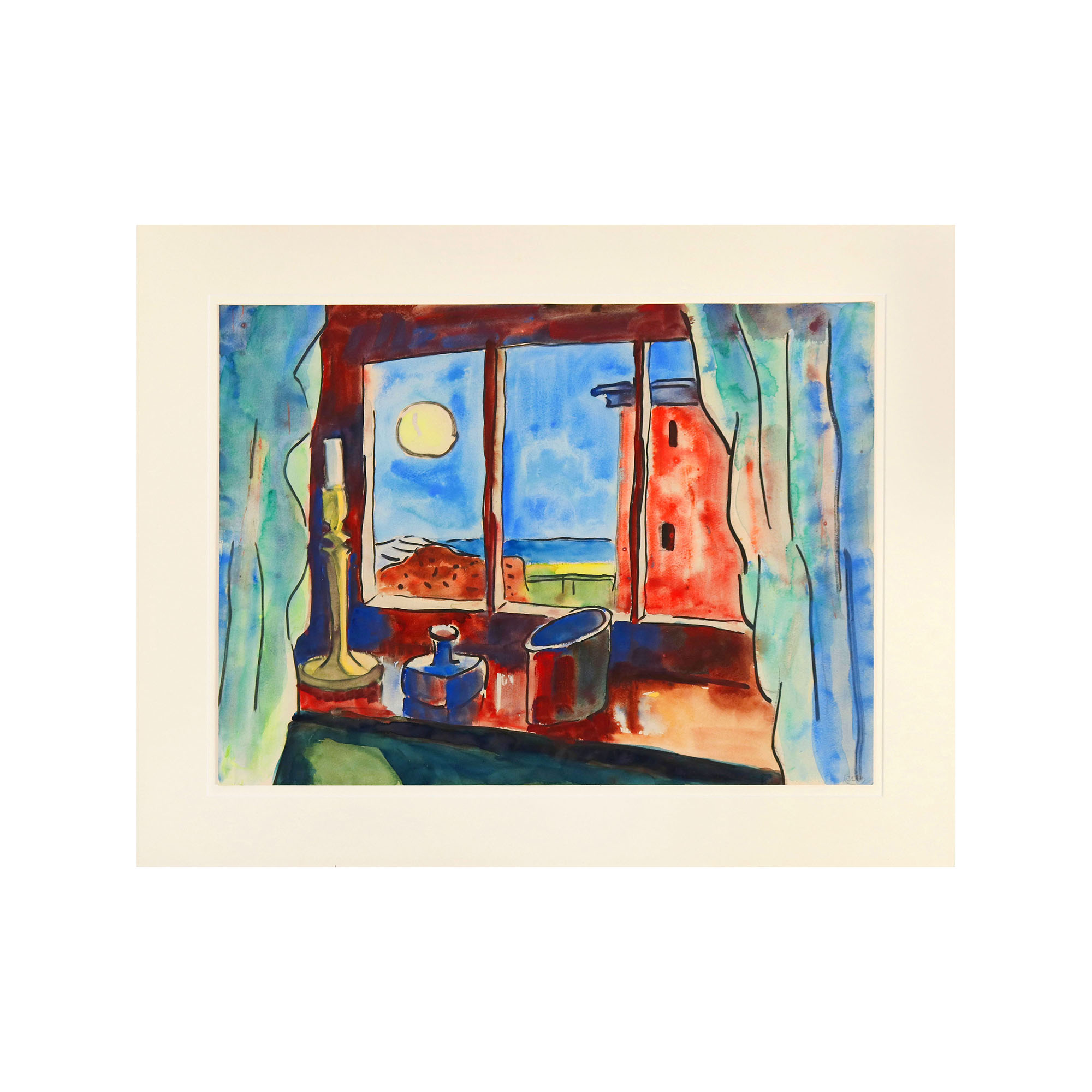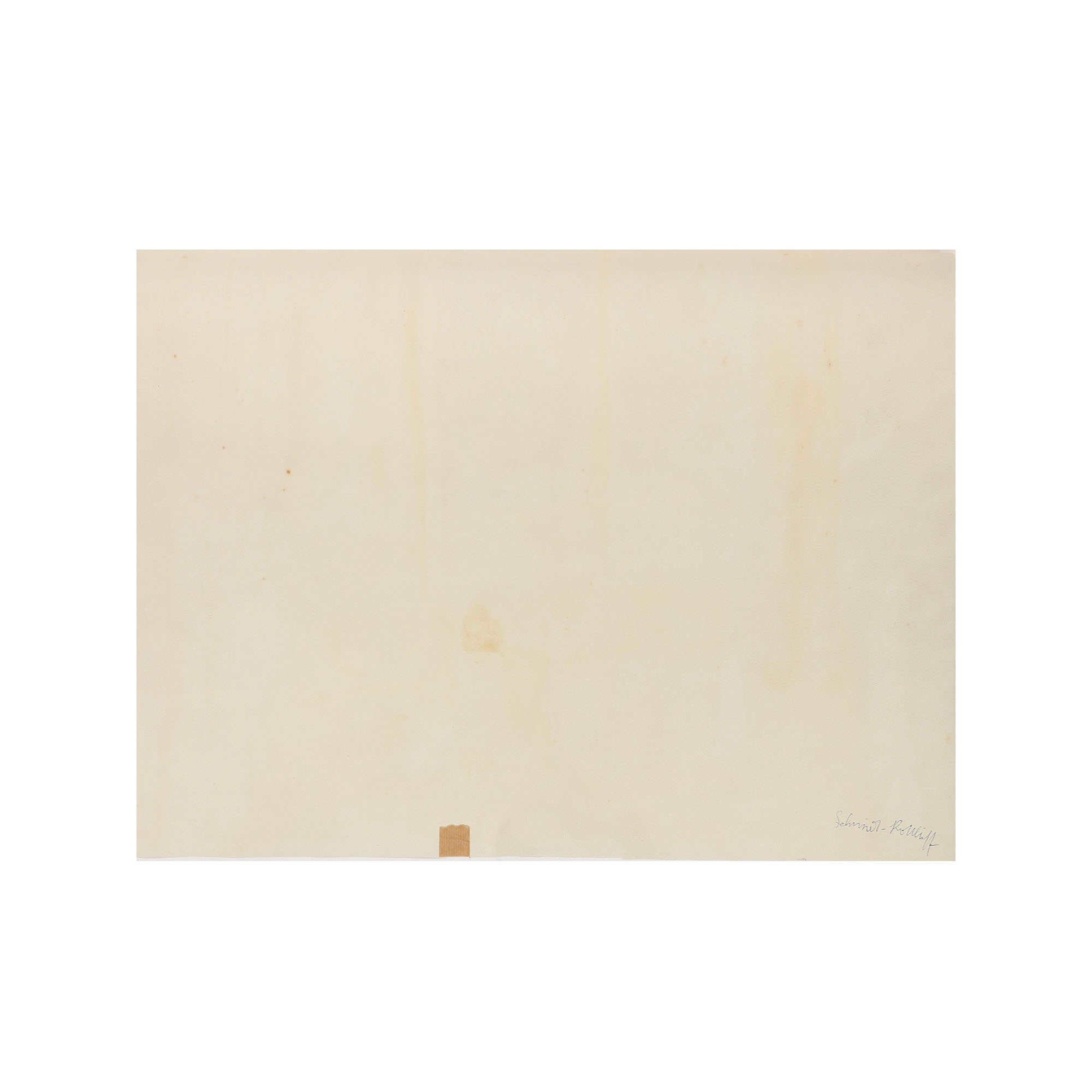| Category | Malerei |
|---|---|
| artist | Schmidt-Rottluff, Karl |
| year | 1932 |
| Title | Night at Lake Leba |
| size 1 |
Sheet
49,3 x 66,7 cm
Passepartout: 66,0 x 84,0 cm |
| material | Watercolour and opaque white on wove paper |
| edition | Unique |
| signature | Inscribed with work number (circled) lower right: 322Probably inscribed by an unknown hand on the verso: Karl Schmidt-Rottluff |
| publication |
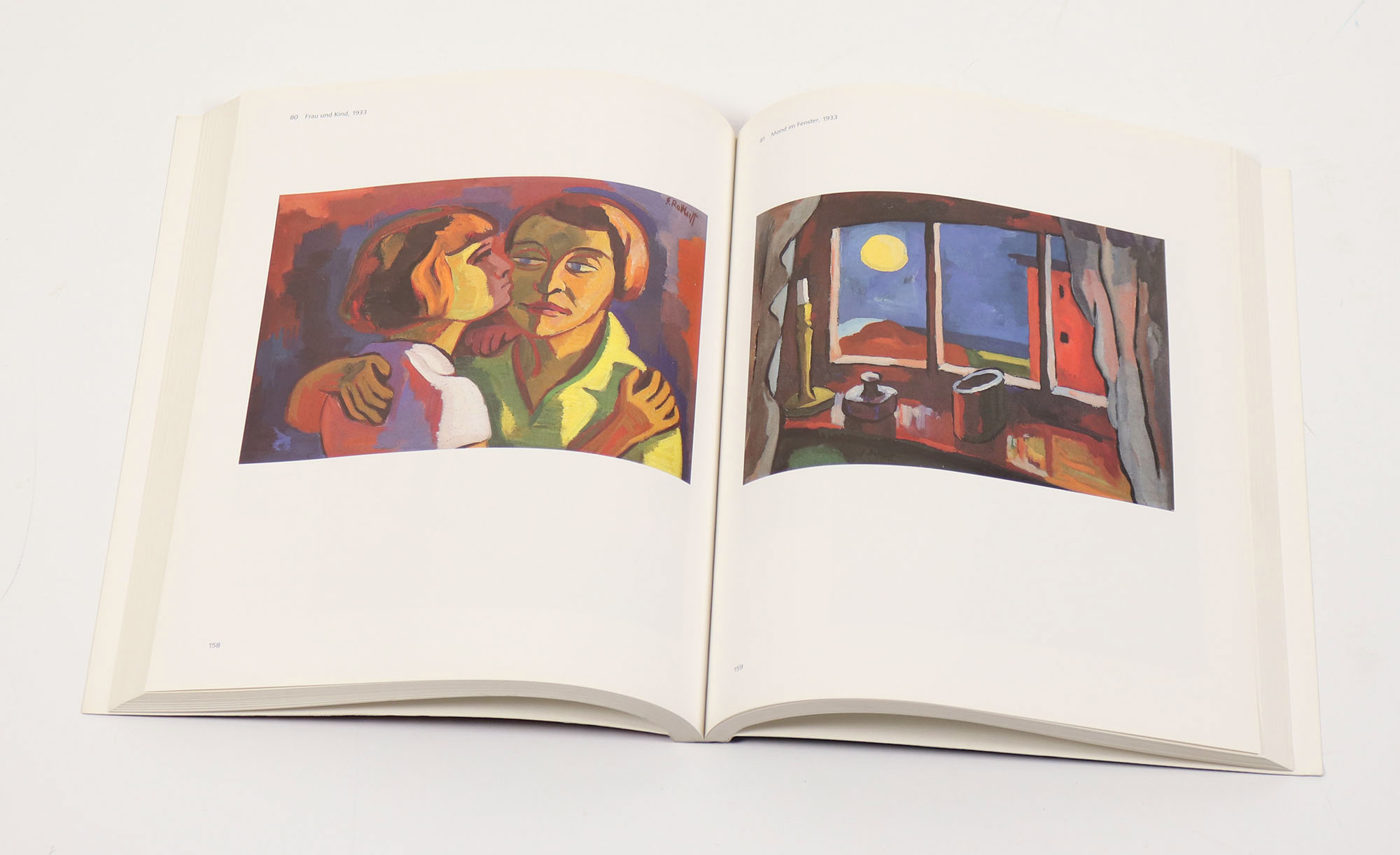 vgl. Moeller, M.M. (1992). Karl Schmidt-Rottluff. Der Maler. Stuttgart: Hatje. Nr. 81 |
| Provenance | Collection Germany |
| rise in value | Works by Karl Schmidt-Rottluff are known for rising in value. According to artprice, the value of one piece by Karl Schmidt-Rottluff has risen 23.18% in 2025. |
Karl Schmidt-Rottluff Night at Lake Leba (1932)
- First-class painting from 1932!
- Model for a painting in the Wilhelm-Hack-Museum, Ludwigshafen
- German Expressionism - Member of Die Brücke
- Documented in the archive of the Karl and Emy Schmidt-Rottluff Foundation
€36,000.00*
- The artwork is available immediately and can be viewed at any time in our gallery.
- Ready for shipment within 2 days.
- Free shipping within Germany.
Informations
condition
|
The Painting is in a very good state of preservation Minimal surface traces in upper margin. A few small areas of discolouration in the paper. Mounted on passepartout. Remains of early mounting on verso. |
artist
|
Karl Schmidt was born in Rottluff, today a district of Chemnitz, Saxony, in 1884. He began to call himself Schmidt-Rottluff in 1905.
In 1905, the group of artists known as Die Brücke ("the bridge") was created by the architecture students Schmidt-Rottluff, Ernst Ludwig Kirchner, Fritz Bleyl and Erich Heckel in Dresden. In November 1905, the first exhibition of Die Brücke opened in Leipzig. The group later dissolved in 1913. In 1937, 608 of Schmidt-Rottluff's paintings were seized from museums by the Nazis and several of them shown in exhibitions of "degenerate art" ("Entartete Kunst"). In 1947, Schmidt-Rottluff was appointed a professor at the University of Arts in Berlin-Charlottenburg. He was a prolific printmaker, with 300 woodcuts, 105 lithographs, 70 etchings, and 78 commercial prints described in the Rosa Schapire Catalogue raisonné. Karl Schmidt-Rottluff died in Berlin in 1976. Source: This text based upon the article Karl Schmidt-Rottluff from encyclopedia Wikipedia which is available under GNU Licence of free documentation. The list of contributers you can find at wikipedia.org |
e.artis safety
Art trade is a matter of trust.
Features and remarks
You are bidding on an original painting by the famous German expressionist Karl Schmidt-Rottluff from 1932.
The magic of the night
The wonderful watercolour shows a still life at a moonlit window. The artist himself gave the painting the work number "322", i.e. it is probably the second work of 1932.
The composition was also created as an oil painting by Schmidt-Rottluff the following year. The painting entitled "Moon at the Window" is part of the collection of the Wilhelm Hack Museum in Ludwigshafen am Rhein.
You could say it is a picture within a picture: the inner and outer worlds meet at the window, just like the picturesque subject of the still life with landscape painting. It is unmistakable that Schmidt-Rottluff, who already practiced this medium as a student, is a master of watercolour painting.
The curtains that "frame" the sheet on the left and right are spectacular. Schmidt-Rottluff layers blue, green and reddish pigments of various shades on top of each other in such a way that the colours mix transparently in places, while in other places they dissolve in the surface when diluted with a lot of water or even condense completely at the edges. The result is an unreal, iridescent effect that is only possible here in watercolour and has to give way in the corresponding oil painting in favour of a reduced, more flat conception.
Nothing else can be seen from the inside of the room other than the wooden windowsill, over which the painter's gaze goes slightly diagonally to the left. There are three objects: on the far left a brass-coloured candlestick with a long shaft and round base, next to it a small blue bottle with a distinctive, square belly and on the far right a round, cup-like vessel.
Under the full, brightly shining moon, the person watching at the window quickly looks for space, past a closely-spaced outbuilding, a high pile of wood and a low fence, out to the water. Inside, the objects cast deep, dark, blue shadows, but outside the sky is bright, as if it were day.
But the moonlight has a different character to the sun, and the painter knows how to capture this skilfully. Here, too, he uses the possibilities of watercolour painting to give the sky a washed-out, moon-pale appearance. The bright red building on the right, with its two small, narrow windows, could probably be described as a warehouse or barn, appears discoloured in places because almost no pigments cover the light paper background. Schmidt-Rottluff succeeds in harmonizing his colour-intensive painting style with the mood of the night.
Karl Schmidt-Rottfluff Painting 37019 in cool lightSummer at Lake Lebasee in Pomerania
The year 1932 brought two new places of work for the artist Schmidt-Rottluff, which were to have a significant impact on his work in the following period: Hofheim in the Taunus and Rumbke at Lake Lebasee in Pomerania.
In the years 1932 to 1943, a fixed rhythm was established: in the spring he visited the artist, collector and patron Hanna Bekker vom Rath in Hesse and he spent the summer on the Baltic Sea. Rumbke became the Polish Rąbka after the war and was inaccessible to the artist. Nevertheless, he later made use of his memories and painted pictures that clearly referred to motifs from the coastal town.
No matter where he was away from the big city of Berlin, he always sought solitude in nature. In the open nature - be it the homeland of his early youth, near the Ore Mountains, in the Taunus, the Ticino or, as here, in Pomerania - for Schmidt-Rottluff, the view also reveals a glimpse of his inner self, his self.
In comparison with other works from this period on Lake Leba, the work presented here can clearly be located in Rumbke. With the low work number, it could even be one of the first works from the new summer residence.
The artist and his wife rented rooms every year in the house of the farmer and fisherman Paul Eick. Other pictures show the family's courtyard from the outside and show clear parallels in the layout of the buildings.
The authenticity of the work is assured by expert assessment. The work is also documented in the archive of the Karl and Emy Schmidt-Rottluff Foundation.
At the request and expense of the purchaser, we are happy to assist in obtaining an expert opinion.
Receive and read a unique digital publication—created by e.artis specifically for this selected work of art—in digital form::
Request a comprehensive e-book about this artwork

